
The history of wallpaper stretches back thousands of years, evolving from simple decorative patterns to intricate designs and use of materials. Wallpaper reflects broader trends in art, design and technology, showcasing how this decorative element has evolved over time to become an integral part of interior design.
With endless styles and types, how does one go about choosing the best type of wallpaper for a project? This depends on several important factors including the desired aesthetic, location, durability, ease of installation, and budget.
We know it can be overwhelming, so let's jump right in!
AESTHETIC
Think about the desired look and feel of the space. Do you want a bold pattern, subtle texture or natural material? There’s thousands of options out there, but don’t overthink it – the perfect one will call your name!
Each type of wallpaper offers different aesthetic possibilities, so chose one that complements you and your design style. Clients are increasingly opting for bold, eye-catching patterns and vibrant colors to make a statement in their spaces. Geometric shapes, floral designs, and abstract art are popular, trending choices lately.
We loved bringing in a FUN wallcovering to elevate our client's living space that's seriously out of this world!
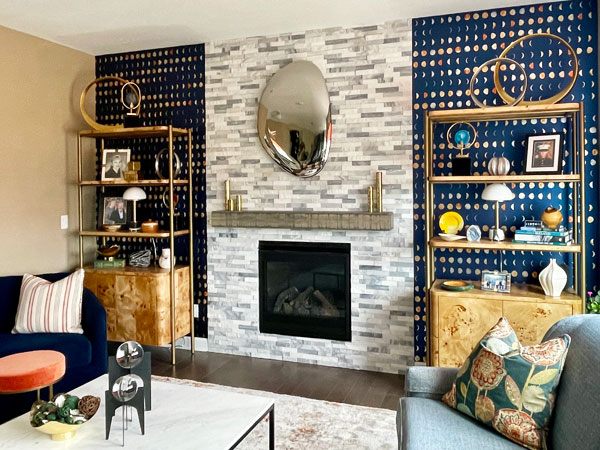
Checkout this more of this KHL family room transformation here.
Curious about this wallcovering? Read more to find out where its from!
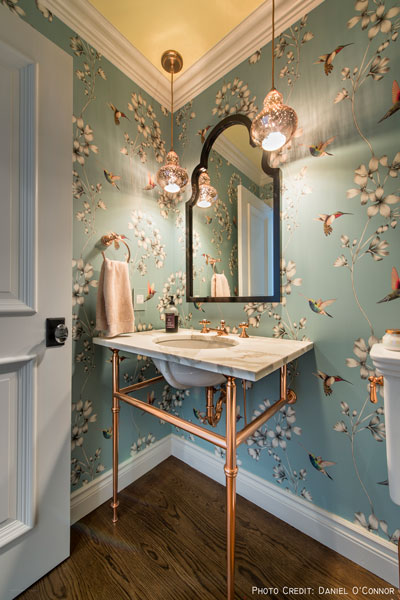
LOCATION
Now that you’ve narrowed down your aesthetic, where will the wallpaper be installed? This is the fun part! Wallpaper can be installed in a variety of places throughout your home or commercial space to enhance the interior and create a unique atmosphere.
When choosing where to install wallpaper, consider the type of wallpaper and its suitability for the specific environment, such as moisture levels, traffic, and usage patterns. Proper preparation and installation techniques will ensure the wallpaper looks great and lasts long. For high-moisture areas like bathrooms or kitchens, vinyl or washable wallpaper is recommended. For low-traffic areas like bedrooms, you have more flexibility with options like paper or fabric wallpaper.
In the latest KHL projects, there has been a noticeable increase in inquiries and a growing desire to incorporate wallpaper as a means to elevate our client's interior spaces. Wallpaper is being recognized throughout the entire home or used as a simple accent wall. Instead of covering all walls, clients are opting for feature walls to create focal points in rooms. This approach allows for bold design choices without overwhelming the space.
If you're unsure during this process, it's time to consider consulting with a professional interior designer for personalized recommendations based on your space.
We loved working in the heart of the mountains at this beautiful Boulder, Colorado home. Checkout this breathtaking KHL designed Powder Bathroom here. Pssttt... explore the other pictures in this project and peep the Taylor Swift faucet in the Kitchen!
LOVE this wallcovering? Keep reading - we have it linked below!
DURABILITY
The durability of wallpaper varies depending on the type of material used and the environment in which it is installed. If durability is a concern, opt for vinyl or non-woven wallpaper, as they are more resistant to wear and tear. These types are also easier to clean, making them suitable for households with children or pets.
By selecting the appropriate type of wallpaper for each space and following best practices for installation and maintenance, you can ensure that your wallpaper remains beautiful and durable for many years.
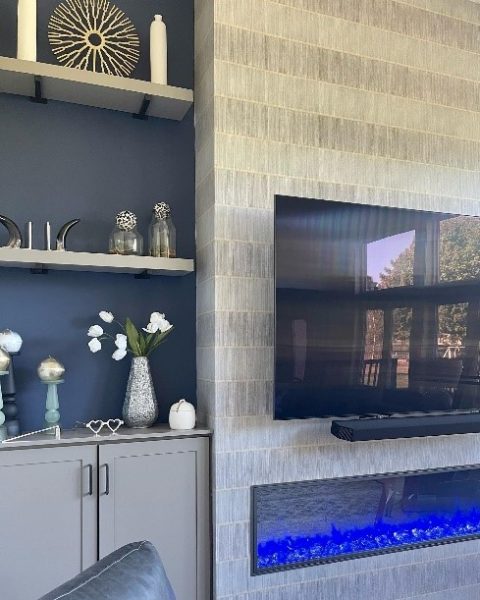
This KHL client opted for a vinyl wallcovering to accent the Fireplace wall. They desired for an option that was timeless, yet cleanable for their growing home. We love how this subtle patterned wallpaper popped on this wall! We opted for a dark navy for bookcase walls to let the fireplace be a design element of its own.
See more of this project here.
Find out more about this wallcovering below!
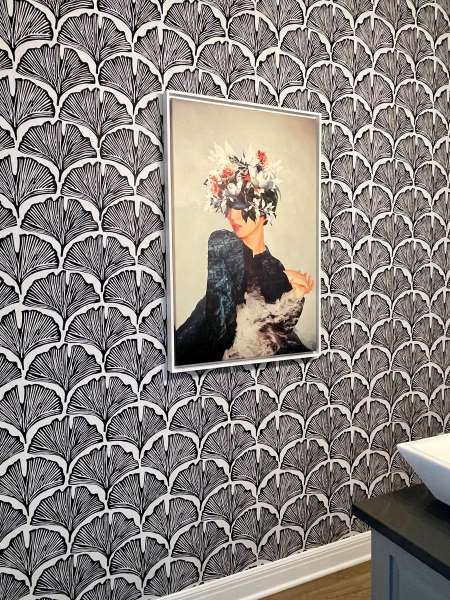
INSTALLATION
Installing wallpaper can be a rewarding DIY project or a task best left to professionals, depending on the complexity and your level of experience. It’s incredibly important to consider hiring a professional who is experienced in wallpaper application and installation to ensure the job is done correctly the first time.
Consider your DIY skills or budget for professional installation. Be sure to do your research and decide if this is a project you can manage, or if its more worth the while to hire a professional wallpaper installer. Keep reading below to find out which type of wallpaper is best for your project.
Walls must be correctly prepared before any installation of the wallpaper occurs.
By considering these tips and preparing adequately, you can achieve a professional-looking wallpaper installation, whether you do it yourself or hire an expert.
BUDGET
Different types of wallpaper come at varying price points. The cost of wallpaper can vary widely depending on several factors including the type of wallpaper, quality, brand, and even the complexity of the design. Consider your budget and weigh it against the desired quality and appearance of the wallpaper.
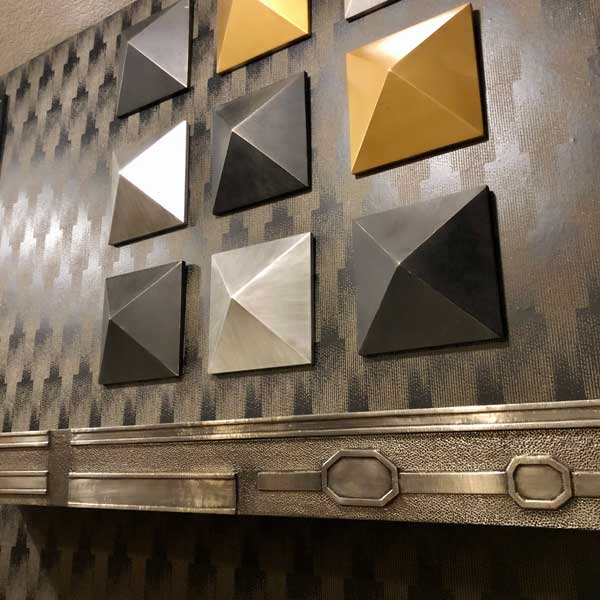
At KHL Design Studio, we tailor our services to our clients and work with all types of budgets. We can work one-on-one with you whether in person or via online, and help source the perfect wallcovering that meets both your needs and wants!
FINAL THOUGHTS
It’s incredibly important to consider the requirements of your project to determine which type of wallpaper is best suited for your needs. Key factors include the environment where the wallpaper will be installed, the desired look and feel, and your budget. For instance, high-moisture areas like bathrooms and kitchens require moisture-resistant wallpapers such as vinyl, while living rooms and bedrooms might benefit from the luxurious texture of textile or natural fiber wallpapers. Additionally, it's crucial to think about the overall aesthetic you wish to achieve in your design.
To ensure you make the right choice, always order a sample first. This allows you to see the color, texture, and pattern in your actual space, under your specific lighting conditions. Consulting with a professional can also provide valuable insights, as they can offer expert advice on installation techniques, durability, and maintenance, helping you avoid common pitfalls and ensuring a seamless, high-quality finish. Taking these steps will not only help you choose the perfect wallpaper for your space but also ensure long-lasting satisfaction with your interior design project.
